Dear Artist,
A friend, who will remain nameless, is a big collector. He knows the price of everything and the value of nothing. We were feet-up, scotching ourselves when I started foaming about the watercolours of John Singer Sargent. “Didn’t know he did them,” my friend announced. “He was a society painter, wasn’t he?” There was no point in continuing. Then I mentioned Anders Zorn. “Never heard of him,” he said. I tried to fill him in.
Anders Zorn (1860-1920) was a Swedish painter, etcher and sculptor. Out from the Stockholm Academy in 1881, he traveled widely — London, Paris, the Balkans, Spain, Italy, USA. He made himself into an international success. Acclaimed at the 1900 Paris Universal Exhibition, he was awarded the French Legion of Honour. In Paris he was best buddies with Rodin. He kept moving and along the way painted three US Presidents. While his early works were often brilliant, luminous watercolours, by 1887 he had switched firmly to oils. Back in Mora in Sweden, married and settled, he built a home which is now a museum dedicated to him. Zorn painted portraits, scenes depicting rustic life and customs, and female nudes. These healthy and voluptuous girls are the works that have most endured. You can see them tucked away in many of the world’s great museums. They take your breath away.
In Zorn, you can see lush stroking and a brilliant understanding of warm and cool light, colour-loaded shade areas, sophisticated grays and reflected light. He built simple, bold, often monochromatic or analogous colour schemes in casual compositions. Like Sargent, he had an uncanny way of rendering what was before him, making it look hasty and flawless at the same time. Some of his decentralized and happenstance views have a decided “off-screen” look.
“Not bad,” said my friend when I flashed him a few from my books. “What do you see in that?” he asked, pointing. I told him I thought Zorn’s work was full of wisdom. “I guess to a guy like you it’s a living, breathing education,” he said. I agreed. “Mannerist,” he said. It was a word he knew.
Best regards,
Robert
PS: Knowledge can be communicated, but not wisdom. (Hermann Hesse)
Esoterica: Among my all-time best tips I forgot to mention sticking one’s nose right up to Zorns and cruising them slowly. I was caught doing this I think in Boston. The guard suggested I stand back. “Oily noses can spoil art,” he said. I wondered about the generations of oily noses that might have marveled there, and how much those closely-monitored noses might have learned over the years. “By three methods we may learn wisdom: First, by reflection, which is noblest; second, by imitation, which is easiest; and third, by experience, which is the bitterest.” (Confucius)
Anders Zorn Paintings
Nose pressers
by Amber L Lycan, Winchester, VA, USA
I too am guilty of “pressing nose to paint” — but it’s usually the dance of walking to the back of the room to see the painting as a whole — then right and left angles — then as close as myopia will let me see the brushwork — then back to the middle while holding the brushstrokes in my mind to see the effect.
(RG note) Thank you to all the artists who wrote in and endorsed or mentioned the pressing of the nose. There have been over a hundred so far. It made me feel better about myself. Incidentally, I never thought my nose was particularly oily.
Books on Anders Zorn
by Diann Wilde, Newton, MA, USA
I’ve loved Anders Zorn ever since I too got rather close to his painting in the Gardner Museum here in Boston (same as you?). Can you recommend any art books containing his work?
(RG note) That was you, was it? We should have introduced ourselves at the time. Zorn’s work appears in quite a few overview picture books. For a selection of dedicated books, many of them in Swedish and some of them moderately expensive, go here. The most available and comprehensive is Anders Zorn Rediscovered by Jane K Bledsoe.
Public art viewing techniques
by Sandy B. Donn, Orlando, FL, USA
My personal technique for viewing is to stand within six or seven feet in the very beginning to just get the general feel. Then I start cruising closer — as close as I can get without breaking the rules or the barriers. Then, with the head tilted back a bit for great bifocal vision, I scan the painting… breathing in the details. Brushwork, shadows, color. Then I pause… walk back about ten or twelve feet, or to the middle of the room and stare. I then shift a little to the right and then a little to the left. It’s amazing what changes in that small space. This is the time that the emotion rises up out of nowhere; tears often flood the eyes. It’s so cleansing in some strange way… it’s like “I get it” and “wow” at the same time. The rightness of it all descends and the calmness sets in.
Anders Zorn in Sweden
by Elizabeth Azzolina, Cherry Hill, NJ, USA
I have always admired the work of Anders Zorn, especially the brushwork which is so dynamic, bold and confident. I feel such a presence of life in each composition he captures. I have traveled to Sweden and have seen some of these paintings head on and I felt such a rush of excitement and total inspiration. His self portraits are so striking and simple, only a master can create an appearance of such simplicity. There are many lessons to be learned in each of Anders Zorn’s works. I also take great pleasure (after I’m filled to the brim) watching the masses looking at the paintings. It gives me hope for humankind. Quiet reflection and close inspection of paintings should be mandatory for all on a regular basis. Think of the possibilities!
(RG note) The Anders Zorn Museum and Zorn home (Zorngarden) in Mora was founded in 1939 by Zorn’s widow Emma. It’s open all year. They don’t have a website but the phone number is 0250-16560.
Magnifying art
by Gail Sauter
I take a Sherlock Holmes type magnifying glass with me. It is fabulous to be able to really get in there and see the construction of brushstrokes etc. You need to get one that is strong enough to allow you to hold it about 10 inches away from the artwork otherwise the guards become agitated.
Dustup gets then-wife almost thrown out
by Bruce Meisterman, Germantown, TN, USA
Your “oily noses” story reminds me of an incident that nearly got my then-wife and me thrown out of a museum. MOMA in New York was having an exhibition of Ansel Adams’ work. You had to buy tickets and walk in an orderly procession past the photographs. Not the best way to view art. With the amount of traffic passing by the photographs, they had accumulated an unreasonable residue of dust thus dulling the images. My wife decided to lift her long, India-print skirt to dust a couple of the photographs. Almost immediately, a guard came over and asked her to stop. She replied that the dust was obscuring the images and she wanted to see them. He replied that they had people to do that. Not to be over-ruled, she then replied that they should do their job and proceeded to try and dust the photograph again! The guard warned us that if she did not stop we would have to leave the museum right then. Cooler heads prevailed (mine), and I moved her away. I applauded her determination but thought that dust and all, I still wanted to see the photographs. Oily noses and dust, indeed.
Early experience put her off
by Sheila Johnson, Delta, BC, Canada
Your quote from Confucius about wisdom and your experience at the gallery “nosing” the Zorn paintings reminded me of my own in a National Art Gallery as a 17 year old high school student. A quiet, shy, prairie girl who had never been away from the farm, I was in awe looking at the art I had seen in books/television. As I perused the sculpture gallery, I became so bold as to start touching some of the ancient/older marble sculptures — trying to imagine how the artist might create. To touch it was to experience it. Soon my elation was deflated by a guard who politely but firmly told me that I was not to touch. Embarrassed and shocked I left, nearly in tears. This experience has stayed with me and has shaken my confidence in my path to become an artist. It was a bitter lesson of wisdom. In any gallery I go to now, I resist the urge to touch, but get as close as I dare and dream and wish I was with that artist, step by step reflecting, imitating and experiencing the creation.
Sophisticated grays
by Robert Genn
Thank you to everyone who asked what I meant by “sophisticated grays.” They’re above average grays for sure, and you know them when you see them. They’re generally made with opposites on the colour wheel — not just with black and white — although b/w grays can be precious too. Most often they pick up some of the colour temperature of the surrounding tones. They’re not pasty, but rather tend to be rich middle tones that make other, brighter and more saturated colours sing.
Bored collector
by oliver, Austin, TX, USA
Ah, the collector, the art historian, the critic, curator, merchant and other artists — the people who pigeonhole you the artist. You gotta love them, challenge them and interest them, make them love you, be fascinated by you and at a certain point even hate your works and even you. They all have their biases. Renoir only had it partly right — artists do need the salon, but they need the entire community that is interested in art talking and indeed “spelling your name right.” Your collector sounded bored.
(RG note) Some collectors are in more of a rut than artists, and you have to be careful, it’s contagious.
Wisdom lets the light shine
by Carol Kairis
Anders Zorn is an artist I respect for having insight on light reflection, drawing one into the picture to stay a while — all the while uncovering the mystery within. In regard to wisdom, don’t you think it is best realized as “accurate knowledge” in action? The value then is to gain accurate knowledge and then apply it in one’s dealings and life. Also, does experience as the teacher really leave one bittersweet? (as Confucius stated in his third manner in acquiring wisdom). To take “truth” out of experience is to retain the higher value of any experience. Then having the ability to put it into action (acquiring wisdom) nullifies any bitterness. As painters we can then really “let our light shine before the world.”
Looking for ‘soul’
by Charles Nunnelly, Oro Valley, AZ, USA
What struck me in particular was the comment “wisdom” in Zorn’s paintings and one of the clickbacks where the artist was told, “you have no idea what you are doing.” Words are as much art as anything and when I view paintings or any art, I do not necessarily look for wisdom but I do look for “soul.” Without an idea which imparts meaning to anything, it is soulless but, of course, a wise idea is better than its lesser. I see so many little thoughts about art, “where did you get that idea,” what do you see in that thing,” “how long did it take you to paint that,” and the like that I see your big collector friend in great abundance. As I write poetry, or even think on any subject, I find it is never finished; the way I feel on different days, new experiences, etc., gives me different perspectives and the like.
You’re not a poet ’til you write the wind
Instead of the reed with its delicate bend,
You’re not a poet ’til you write the call
Of a songbird in the colors of fall.
You’re not a poet ’til you write the peach
As it hangs just beyond your outstretched reach,
You’re not a poet ’til you write the smell
Of last years rose as it silently fell.
You’re not a poet ’til your mother dies
And you write her last soft-murmured sighs,
You’re not a poet ’til the hand of time
Has written your last forgotten rhyme.
(C. L. Nunnelly)
Planning a solo show
by Sherry Loehr, Ojai, CA, USA
I have just agreed to do a solo show for a gallery in December. Normally, I paint individual pieces, without much thought to how they go together. Do you have any thoughts on putting together a “body of work”?
(RG note) I like shows that tend to be cohesive collections of an area, a thought, or a genre. “Exploration” is the key word. Not everybody feels this way. But “variations on themes” give a feeling of completeness to both the viewers and the artist. We’ve explored the idea of show cohesiveness here: Preparing for solo shows.
Evaluation of art
by Jane Hinrichs, Harrold, SD, USA
I recently read your book, The Painter’s Keys, and I loved it. I gleaned a lot from those pages and I know I will reread it several times. But, I have a question that I am not sure you can answer: Is it enough that the individual artist loves his/her paintings? Is that enough to say they have real worth? Or do we have to have validation from outside sources?
(RG note) Beauty is in the eye of the beholder. We all know of a woman who has a very plain husband — and she loves him to bits and thinks he’s handsome. But putting that guy on the ramp is another thing. Perhaps unfortunately, norms, appeal, and accepted standards kick in, and well, I’m sorry. Next!
Good quote collection
by Janice Vogel, Senden, Germany
It may be a silly question but do you have some quote reference sources or is your brain filled with everything from Hesse to Goethe to Confucius? I copy the ones I like into my “Good Quotes” list but am interested where you go for reference.
(RG note) Thanks, Janice. Ninety-five percent of my quotes come out of our own Resource of Art Quotations. It’s by far the largest collection anywhere — on the net or in books. It’s the result of hard labour by a couple of dozen Painter’s Keys volunteers and hundreds of contributors. Some, by passion or avocation have gleaned books, magazines, interviews, etc., and contributed several thousand quotes. Others have sent in only a few — ones that they have found particularly valuable. Many artists have written to quote but one person — themselves. New quotes are being posted regularly — often every week. Volunteers gather and put in valuable quotes that they get from these clickbacks as well. One of our big, time consuming problems is checking for duplicates. If you would like to see if you have been quoted, please go here. A few months ago a subscriber decided to print out the entire resource and then emailed me with a request that I supply the ink. Quote lovers who attempt to print them all out do so at their own risk. Sorry, we do not provide ink. Or paper.
Thrill of the first sale
by Richard Tomkinson, La Conner, WA, USA
As one who has very recently sold my first painting, I report the rush was so uplifting and inspiring that I feel that I have just made one of those big leaps in learning how to see and how to express. The purchaser was a long time experienced artist who did not know me before she made the purchase, and the venue was my first show. I have struggled for three years and constantly fought between euphoria of breakthroughs in understanding of others’ work and some level of beauty in my own, and the dismal dumps of realizing what an impossibility it is to make art like the Greats. Now that I am ‘sold’ I really don’t care if I sell another. I am focused on learning to do better art every day. And I am.
Creative jealousy
Anonymous
For as long as I can remember I’ve been inquisitive and thoughtful. This has brought me a lot of success in that my main interests took root in drawing, design, and computers. In my early teens I found myself ahead of the game in many situations and often was praised for my enthusiastic and over-analytical attitude.
I made this one friend early in high school, Mark. I helped Mark get hooked up with the Internet and graphic design. Later he moved on to 3D art and I stayed with design and motion graphics. We both became quite good for our ages and felt confident in our abilities. I never felt any envy towards him because I was “doing my thing” and he was doing his.
Fast-forward to the end of high school. I worked very hard to get good grades in art class and always ended up with nothing more than 80%. Mark decided he needed art to get into an animation school. He took 2 years of art in one school year and came out with better marks than I did in all my years of practice. This was the first time I felt envy towards Mark. But I think I shrugged it off because we were still into different things. And he eventually decided to go into a film program.
We moved in together for university and things were really good. He actually started to learn to draw. Again, I wasn’t envious. I think at this point I had begun to discount his talent with 3D as a defense mechanism against my own lack of experience with 3D.
Soon after this, he started to take life-drawing classes and I noticed an accelerated learning curve. I had always been okay at drawing, but I saw this as a way to “catch-up” those skills when I saw how fast he was progressing. I started out very bad, and I think this hit to my confidence is still what is holding me back but I don’t know.
I was unable to put in as many hours of practice and study as Mark could because I had to work to pay for rent and was in a much more intense program of study (new media). Now, there is no doubt that Mark did work very hard to achieve his present skill level. I watched him growing. The problem is I wasn’t. Other issues involving friends of mine now paying more attention to him amplified things and I found myself resenting him more and more.
Fast-forward to the end of school (now). Mark has become extremely good at drawing. I have been drawing my whole life and been doing the same life-drawing and study that he has in the last 2 years. But still, I am unable to draw well (in my opinion). I know I’m comparing myself to him, and this is the wrong way to progress. But I can’t seem to shake the bitter and debilitating feelings of resentment and envy for all he has achieved.
I resent that he doesn’t have to work 20 hours a week and go to school. I resent that he gets more and more praise that further builds his confidence. And I resent that he is now applying his skills to areas that I call “my skills.” I know I need more practice, but how can I be expected to feel good about myself when I’m constantly in the presence of all this?
I find myself shaking whenever I start drawing. It’s like I’m afraid to even throw one line down. I can push through this because I know I need to work at it constantly, but I have so many other things to do (school, work, other interests). It all just clouds my judgment.
I have a very supportive girlfriend who is also very talented at drawing, but she too has confidence problems and I often find myself projecting my lack of talent onto her — in that if I can’t be as good as him, surely she can. I also wonder if her lack of confidence and me constantly helping her with that, is negatively affecting me also.
I know I’m skilled in a lot of areas, but my lack of drawing talent makes it all seem worthless. It’s like everything I’ve spent my life working for must have been a fluke or just really easy — because, then why would drawing be such a huge problem compared to them? I know, I know, I’m comparing “apples to oranges.” But I just can’t help it.
Your writing about jealousy (Professional jealousy) did, however, help to ease my soul. I find reading about this problem from others makes me feel better. But I’m worried that I’ve found this comfort much too late in my progress as I now keep to myself most of the time I’m at home (in a house of 5 students). And I’ve stopped going to life-drawing class because I couldn’t take all the “whooa, that’s so good!” or “hey come look at this!” Or the constant attention from our extremely talented drawing teacher.
Where do I fit in? They aren’t bad people because they are good at what they do, I know that. But I can’t determine if they think less of me because I can’t draw or if I’m just “over-analyzing” things once again.
After writing all this, I feel much better. But I worry for how long. All I need is one tiny thought or incident and I go inward to a world where nothing I do will ever be respected by my peers — where all the confidence I once had is all false — and where the only way out is to discount the talents of the people I envy in a rant of personal dishonesty: I know I like drawing. I know I wish I could be better. But the only way out of this stagnation (at this point) seems to be to give up for reasons (I convince myself are valid — personal dishonesty) that drawing really doesn’t matter to me.
This has all come to a head recently because Mark was offered to join our teacher in his new creative venture that blurs wildly into my area of expertise. Except, of course, they’ll be much better than me…
If you know any more words of wisdom that I can use to salvage my drawing ambitions, they would mean the world to me.
(RG note) All my life I’ve known others who were better than me. I noticed it first in grade three, again in high school, and when I went to Art Center School in California. Everybody at Art Center was better than me. Later I realized that many of my competing peers were genuinely talented while I had to work at it. Eventually I realized that everybody I admired was better than me — Sargent, Sorolla, Zorn, Degas, Monet, etc, etc. Sometime in my thirties I figured it out. I was going to be better informed about what I was doing and have more fun with my art than any of the others, dead or alive. With this delusion I permitted myself to be ridiculously happy, foolishly confident, and eternally busy — and there was lots of me left over to be joyous of the success of others, some use to many, and kinder to myself.
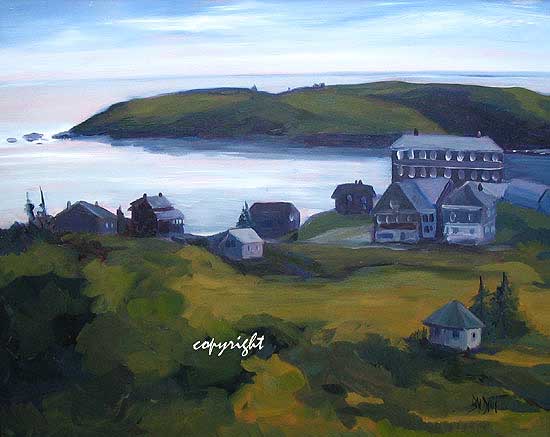
View of Manana en plein air, oil on masonite |
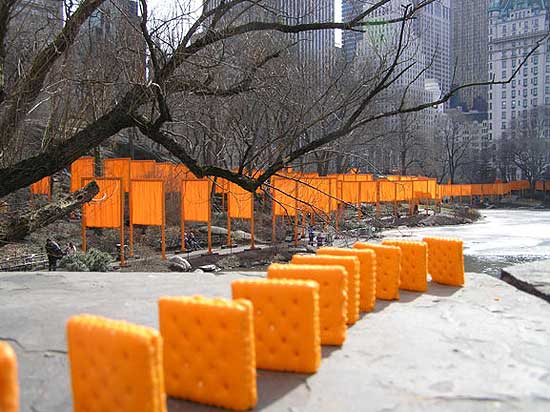
You may be interested to know that artists from every state in the USA, every province in Canada, and at least 115 countries worldwide have visited these pages since January 1, 2005.
That includes Carol Zika of Baltimore MD, USA who wrote, “I can’t is not part of our vocabulary.”


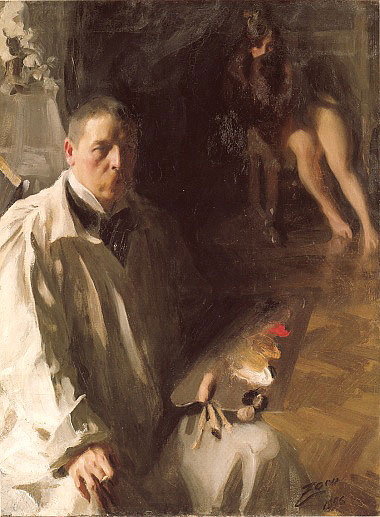

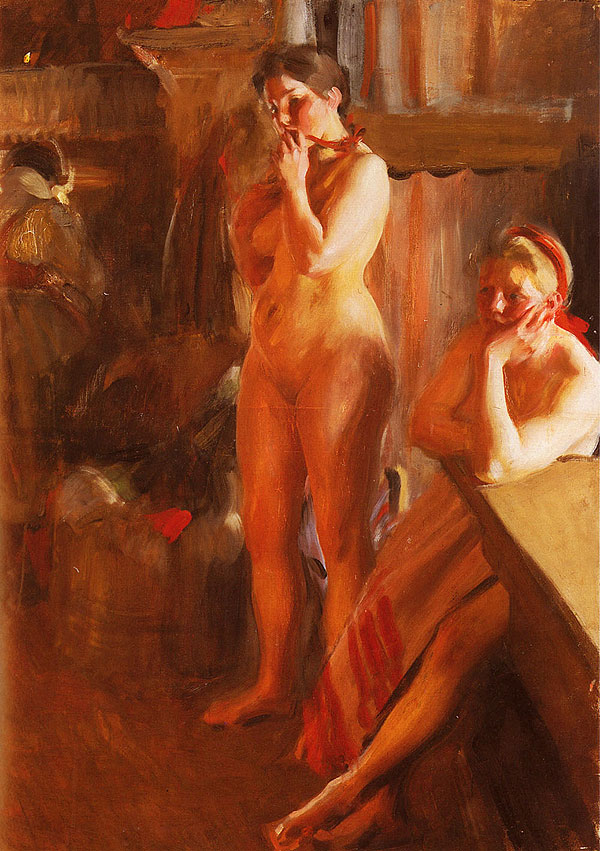



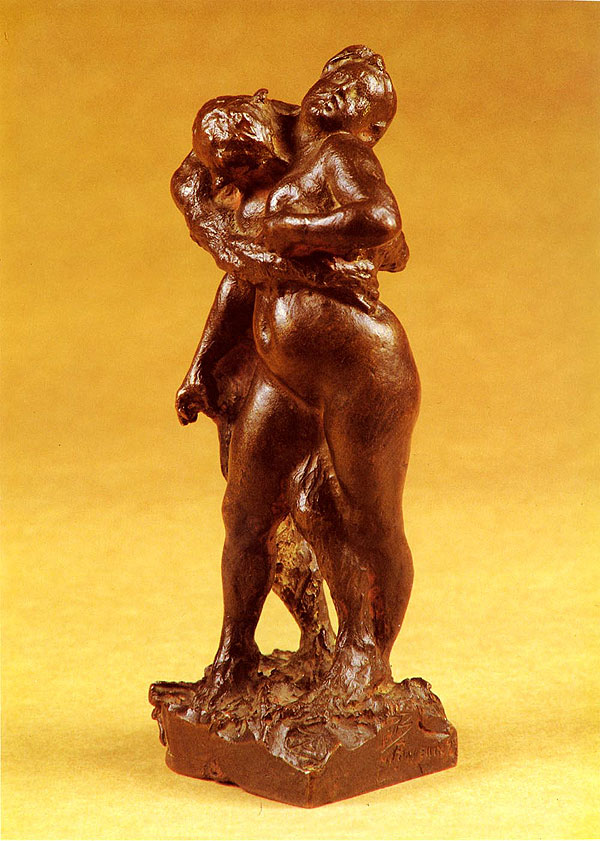

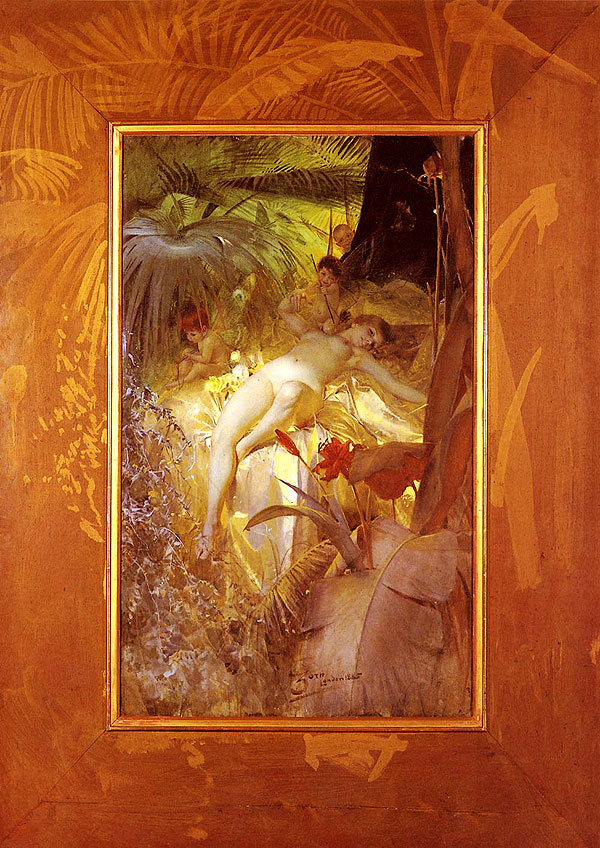


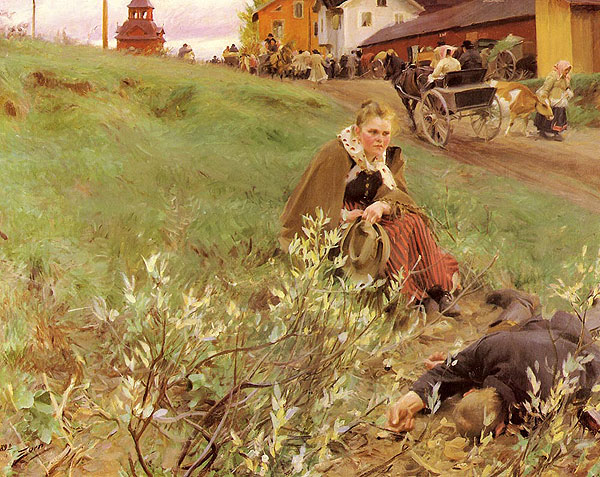











1 Comment
Pingback: Dom Słońca pod Sokołem - Anders Zorn